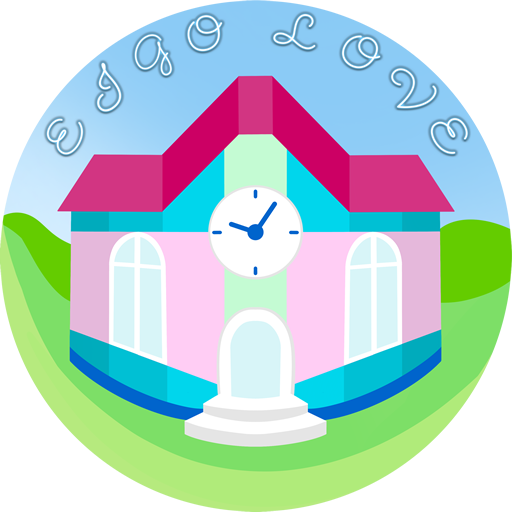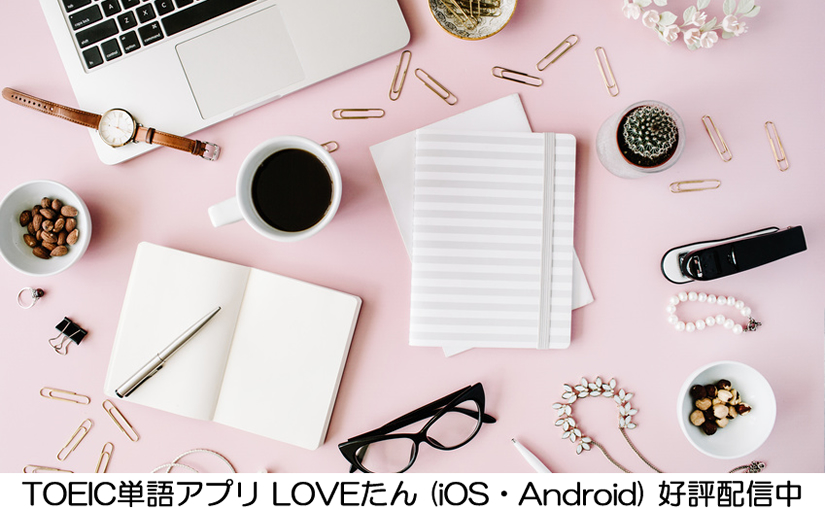このシリーズではTOEIC Part3 の練習問題と解説、更にダイアローグ(会話文)の英文法まで詳しく解説します。
「Questions」の下にあるオーディオボタンを押すと、Part3問題のダイアローグが再生されます。ダイアローグの内容がわかるまで繰り返しリスニングした後で、以下の設問を解いてください。
TOEIC Part3 練習問題 No.2
Questions
Questions 1 through 3 refer to the following conversation.
1. Where most likely is the conversation taking place?
(A) At Tokyo Station
(B) At the Imperial Palace
(C) At a tourist information center
(D) At a book store
2. What does the man ask for?
(A) A guidebook
(B) A map
(C) A train timetable
(D) A bus timetable
3. What will the man ask his wife?
(A) Whether she likes Tokyo
(B) Whether she would like to go to the Imperial Palace
(C) Whether she wants to come to Japan again
(D) Whether she would like to go to Kamakura or Hakone
Part3 練習問題の解説
ダイアローグ
ダイアローグの英文
Title: At a tourist information center
M: Do you have any maps of the city center?
W: Yes, we have free maps in several different languages.
M: I’ll take an English one, please. (※1) Could you show me how to get to the Imperial Palace?
W: From here, the quickest way is to take a train from Shinjuku Station. Take the Chuo line and get off at Tokyo Station. The palace is a short walk from there.
M: Is it possible to look around the inside of the palace?
W: I’m afraid not. (※2) Only the East Garden and the outer grounds are open to the public, but they are beautiful at this time of year.
M: My wife and I are in Tokyo for a week, so we’d like to take a day trip somewhere as well. Is there anywhere you’d recommend?
W: Kamakura and Hakone are both very popular destinations that are less than two hours away by train.
M: What kind of places are they? (※3) It’d be nice to experience a different side of Japan, not just the big city.
W: Kamakura is a historical city that is famous for its shrines, temples and large statue of Buddha. Hakone is a hot spring resort that gives great views of Mount Fuji on clear days.
M: They both sound wonderful, but we’re only here for seven days so we’ll probably only have time to do one of them. (※4,5) I’ll see what my wife thinks.
ダイアローグの英文法解説
【※1】 I’ll take an English one, please.
この文は「数か国語の無料地図がございます」に対する回答で、oneは「地図」という名詞の代わりに使われています。このように、oneは可算名詞の代用として使うことができ、先行する文に出てきた名詞を表します。なお、複数形の場合は複数形を表すsをつけてonesとします。例:We have English, Chinese, and Korean pamphlets.(英語、中国語、韓国語のパンフレットがございます。)I’ll take two English ones, please.(英語のパンフレットを二枚ください。)
【※2】 I’m afraid not.
I’m afraid notは、Noを丁寧に伝える表現です。I’m afraidは相手にとって良くない情報を丁寧に伝える場合に使う表現で、この会話文ではit is not possible(相手の要望通りにはできない)という情報を丁寧に伝えるために使われています。例:I’m afraid that Mr. Tanaka is out of the office at the moment.(恐れ入りますが、田中は外出しております。)
【※3】 What kind of places are they?
kind ofは「~という種類の」という意味のイディオムで、同じ意味の表現にtype ofやsort ofがあります。例:What type of job are you looking for?(どのような仕事を探していますか?)What sort of music do you listen to?(どのような音楽を聴きますか?)
【※4】 They both sound wonderful
「楽しそう」、「美味しそう」など「~そう」と英語で言う場合は、その情報をどのように得たかによって表現の仕方が異なります。目で見た場合はthat looks delicious(それは美味しそう)のように、look「見る」を使います。見聞きした情報である場合はthat sounds fun(それは楽しそう)のように、sound(聞こえる)を使います。soundは聴覚をイメージさせる単語ですが、会話の最中などに聞いた情報だけではなく、読んだ情報について「~そう」と表現する場合にも使います。例:I read a review of that new play. It sounded really interesting.(あの新しい劇の批評を読んだ。とても面白そうだった。)
【※5】 We’ll probably only have time to do one of them.
この文でdoは「日帰り旅行をすること」を表しています。このように、doは先行する文に出てきた動詞の代用として使うことができます。この文の場合は、We’ll probably only have time to go to one of themやWe’ll probably only have time to visit one of themと言うこともできます。例:I think we should book the restaurant as that day is a Friday.(その日は金曜日だからレストランの予約をした方がいいね。)Don’t worry. I’ll do that.(心配しないで。私が予約するよ)
ダイアローグの日本語訳
男性:都心の地図はありますか?
女性:はい、数か国語の無料地図がございます。
男性:じゃあ、英語の地図を一枚ください。皇居への行き方を教えてもらえますか?
女性:ここからだと、新宿駅から電車に乗るのが一番早いです。中央線に乗って、東京駅で降りればいいですよ。皇居はそこから歩いてすぐ行ける距離にあります。
男性:皇居の建物の中を見ることはできますか?
女性:恐れ入りますが、それはできません。東御苑と外苑だけが一般公開されていますが、この時期はとても綺麗ですよ。
男性:妻と一週間東京に滞在するので、どこかに日帰り旅行もしたいと思っています。お勧めの場所はありますか?
女性:鎌倉と箱根はとても人気のある旅行先で、電車で二時間以内に行けますよ。
男性:どんな場所ですか?都会だけではなくて、日本の違う一面も体験出来たらいいなと思っています。
女性:鎌倉は神社とお寺と大仏が有名な歴史のある街です。箱根は晴れている日には富士山がよく見える温泉町ですよ。
男性:どちらも素晴らしそうですけど、七日間しか滞在しないのでどちらかにしか行けないでしょうね。妻と相談してみます。
設問の答えと解説
Questions1: 正解は(C)
1. Where most likely is the conversation taking place?
(A) At Tokyo Station
(B) At the Imperial Palace
(C) At a tourist information center
(D) At a book store
この会話はどこで行われていますか?
(A) 東京駅
(B) 皇居
(C) 観光案内所
(D) 書店
【解説】男性の発言にhow to get to the Imperial Palace(皇居への行き方)とあることから、皇居は男性の目的地であることが分かります。その発言に対する女性の回答にget off at Tokyo Station(東京駅で降りる)とあることから、二人は現在東京駅にはいないということが分かります。男性は地図だけではなく、目的地までの行き方やおすすめの日帰り旅行先などの情報もたずねているので、正解はこれらの情報をすべて得ることができるCの観光案内所です。
Questions2: 正解は(B)
2. What does the man ask for?
(A) A guidebook
(B) A map
(C) A train timetable
(D) A bus timetable
男性が探していた物は何ですか?
(A) ガイドブック
(B) 地図
(C) 電車の時刻表
(D) バスの時刻表
【解説】冒頭で男性がDo you have any maps of the city center?(都心の地図はありますか?)とたずねていることから、男性が探しているのはBの地図だと分かります。
Questions3: 正解は(D)
3. What will the man ask his wife?
(A) Whether she likes Tokyo
(B) Whether she would like to go to the Imperial Palace
(C) Whether she wants to come to Japan again
(D) Whether she would prefer to go to Kamakura or Hakone
男性は妻にどのような質問をしますか?
(A) 東京が好きかどうか
(B) 皇居に行きたいかどうか
(C) 日本にまた来たいかどうか
(D) 鎌倉と箱根のどちらに行きたいか
【解説】男性の最後の発言にあるI’ll see what my wife thinks.は直訳すると「妻がどう思うか確認してみる」ですが、ここでは「妻の考えを聞いてみる」、「妻に相談してみる」ということを意味しています。この発言の直前のwe’re only here for seven days so we’ll probably only have time to do one of themのthemは観光案内所の女性がすすめた鎌倉への日帰り旅行と箱根への日帰り旅行のことなので、正解はDです。

